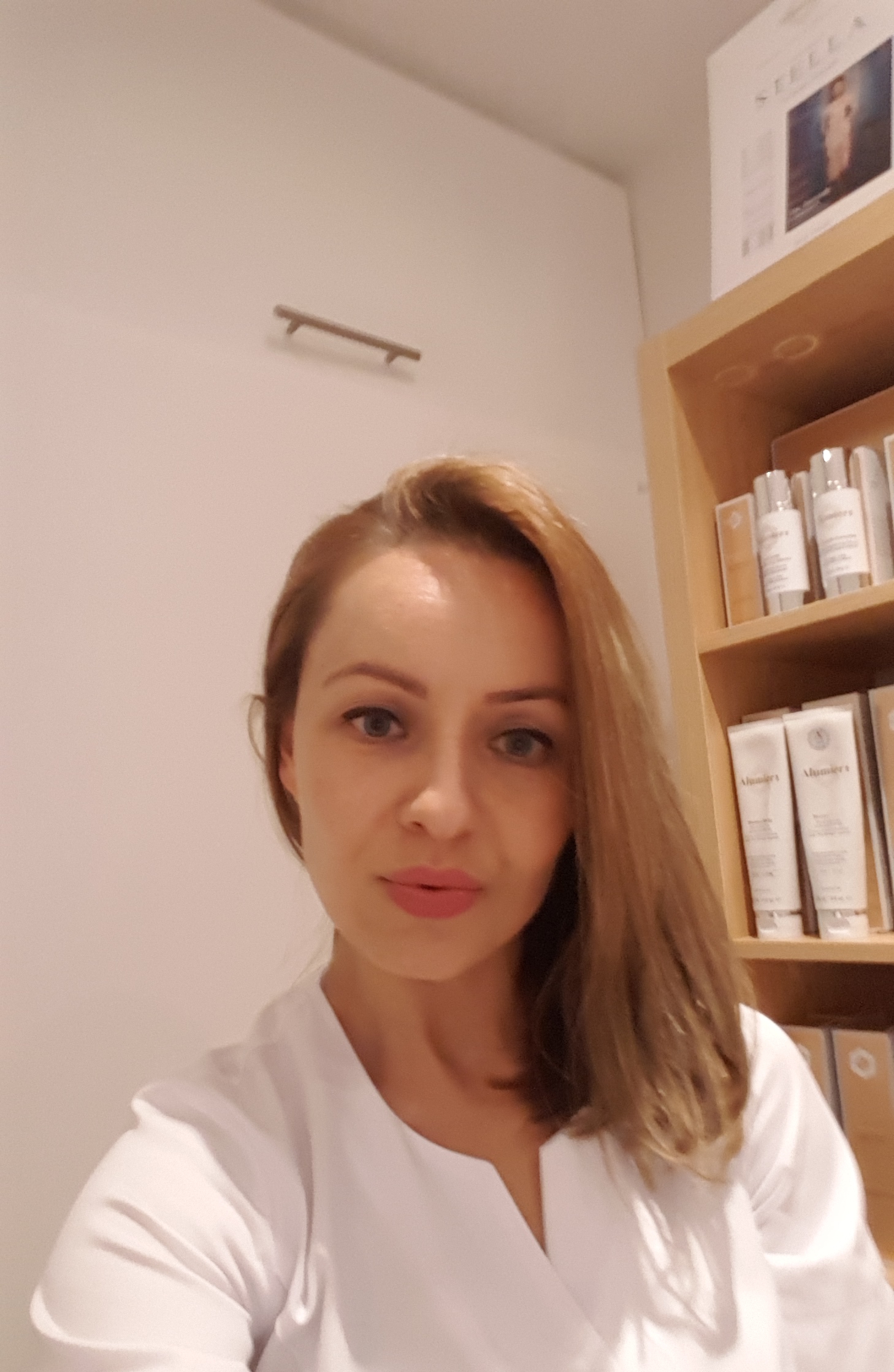The Dilemma of Cosmetic Companies: Balancing Solutions and Problems in Skincare Ingredients
- Anna Olszynka

- Mar 20, 2024
- 3 min read
Cosmetic companies, tasked with providing solutions for hair and skincare concerns, often find themselves walking a fine line between addressing consumer needs and potentially exacerbating them. While their products promise to enhance beauty and maintain healthy skin and hair, the inclusion of certain ingredients can inadvertently contribute to issues such as skin barrier damage. Among these problematic components are sodium laurel sulfates, parfum, alcohols, and preservatives, which have raised concerns among consumers and experts alike.
The Pursuit of Solutions
Cosmetic companies invest significant resources into research and development to formulate products that address a myriad of hair and skincare concerns. From combating acne to rejuvenating aging skin, the goal is to provide effective solutions that enhance the overall appearance and health of the skin and hair.
Ingredients such as hyaluronic acid, niacinamide, and antioxidants have gained popularity for their ability to hydrate, repair, and protect the skin barrier. These compounds are often incorporated into products ranging from moisturizers to serums, promising to deliver noticeable results without compromising skin health.
Similarly, advancements in haircare formulations aim to nourish and strengthen hair strands, addressing issues like breakage, frizz, and dullness. Ingredients like argan oil, keratin, and peptides are commonly used to improve hair texture and manageability, offering consumers the promise of luscious locks and revitalized scalp health.
The Pitfalls of Unclean Ingredients
Despite the quest for effective solutions, cosmetic companies have faced scrutiny for the inclusion of potentially harmful ingredients in their formulations. Sodium laurel sulfates, commonly found in cleansers and shampoos for their foaming properties, have been linked to skin irritation and disruption of the skin barrier.
Parfum, often listed as a generic term for fragrance, can contain a cocktail of undisclosed chemicals that may trigger allergic reactions or sensitivities in individuals with sensitive skin. Additionally, certain alcohols, such as denatured alcohol, can strip the skin of its natural oils, leading to dryness and irritation.
Preservatives like parabens and formaldehyde releasers are used to extend the shelf life of products, but they have raised concerns due to their potential links to hormone disruption and skin irritation. While their presence helps prevent microbial contamination, their long-term effects on skin health remain a topic of debate.
Navigating the Balance
In response to growing consumer awareness and demands for cleaner, safer formulations, many cosmetic companies have begun to reformulate their products to exclude potentially harmful ingredients. The rise of clean beauty movements and the increased availability of natural and organic alternatives reflect this shifting landscape in the cosmetics industry.
Furthermore, regulatory bodies like the FDA and the European Union have implemented stricter guidelines and ingredient restrictions to ensure the safety of cosmetic products. These regulations serve as a framework for companies to adhere to when formulating and labeling their products, providing consumers with greater transparency and peace of mind.

Conclusion
The cosmetic industry faces the ongoing challenge of balancing innovation and safety in product formulations. While the pursuit of effective solutions drives companies to explore new ingredients and technologies, it is imperative that they prioritize the health and well-being of their consumers.
By addressing concerns related to unclean ingredients and adopting more transparent practices, cosmetic companies can foster trust and loyalty among consumers. Ultimately, the goal is to create products that not only deliver results but also promote the long-term health and vitality of the skin and hair.





Comments